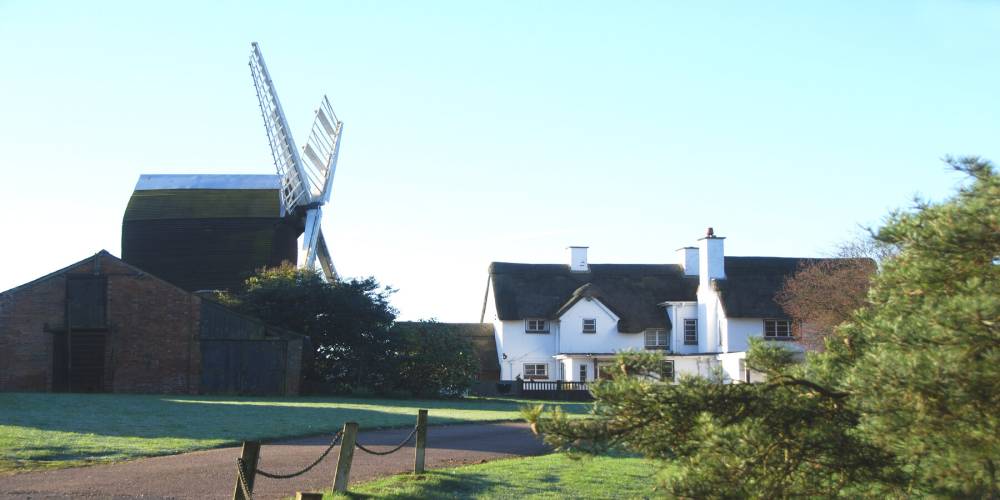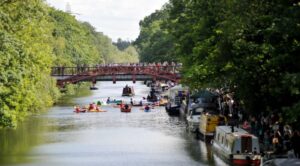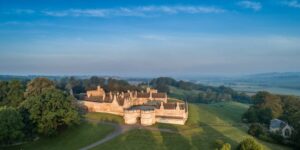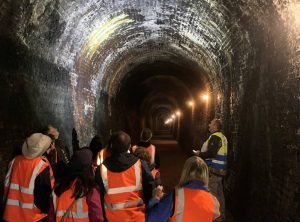

Trio of villages paint a portrait of England
In 2010, a BBC documentary used the three villages of Kibworth to tell the Story of England. Uncover a history which stretches back to the Bronze Age, Anglo Saxons and Vikings, and see 17 listed buildings, including the Kibworth Harcourt Windmill.

This is just one of many fascinating stories about Leicestershire's rich history, heritage, and culture. Discover more stories.







